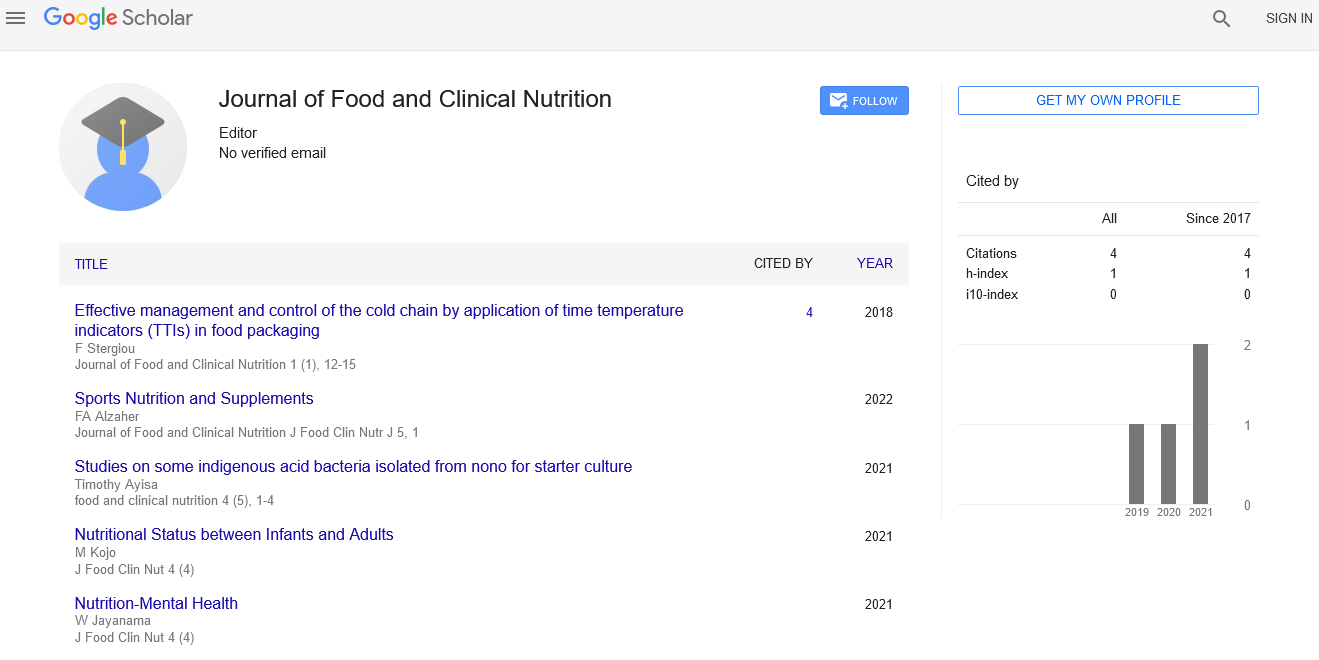Salinity and hypertension of pregnant women in coastal regions of Bangladesh
Received: 08-Nov-2017 Accepted Date: Nov 08, 2017; Published: 15-Nov-2017
Citation: Khan MSI, Islam MS. Salinity and hypertension of pregnant women in coastal regions of Bangladesh. J Food Clin Nutr 2017;1(1):3.
This open-access article is distributed under the terms of the Creative Commons Attribution Non-Commercial License (CC BY-NC) (http://creativecommons.org/licenses/by-nc/4.0/), which permits reuse, distribution and reproduction of the article, provided that the original work is properly cited and the reuse is restricted to noncommercial purposes. For commercial reuse, contact reprints@pulsus.com
One of the most climatic changes effects in coastal Bangladesh is increasing drinking water salinity. About 45% salinity raised in these areas during the last seven decades [1]. The intrusion of salt from the Bay of Bengal continuously contaminates the drinking water sources, such as rivers and groundwater of about one-fifth of the total area and 20 million inhabitants of the country [2]. Salinity levels remain high during dry season due to low rainfall and decreased freshwater flow from the Ganges, for Farakka Barrage [3]. The Padma flows at lower than one-fourth of its normal in the dry season [October–April], and water flow in the downstream network of rivers became almost stop. So, tidal water cannot be washed back to the sea [3]. People of the coast suffer from the saline water to use it as every activity of daily life.
Very few research evidence on the topics are available in these areas. A hospital-based study described that women who drink deep and shallow tube well water had higher urine sodium than that of women dink rainwater and, the prevalence of hypertension in pregnancy was higher in the dry season than in the rainy season. However, no correlation found between Na and blood pressure after taking cutoff values for diastolic and systolic blood pressure at >85 mmHg and >130 mmHg [1]. But another communitybased study found positive correlation and showed that the odds of systolic bp ≥ 120 for the sodium concentration was 1.109 times greater than the systolic blood pressure of <120 and odds of diastolic bp ≥ 80 for the sodium concentration were 1.064 times greater than the diastolic blood pressure of <80 [6]. Furthermore, although on non-pregnant women, a cohort study assessed the effects changing sodium levels in water of drinking-water sodium [DWS] on blood pressure [BP] portrayed that DWS concentrations were highly associated with BP. Each 100 mg/L reduction in sodium in drinking water, systolic/diastolic BP was lower on average by 0.95/0.57 mmHg, and odds of hypertension were lower by 14% [10].
From above facts, the relation between salinity and hypertension still remain unclear and need to be taken into consideration for further research. Because, salinity increased more adversely in Bangladesh then other areas of the world [4]. We can hypothesize that increasing salt intake might contribute to hypertension and detrimental related birth outcome in pregnancy in the mentioned area. As the people of the study area depend mainly on the saline water for regular family use, there may be the increased chance of high sodium level in urine and rising of blood pressure which may affect the health of pregnant women.
REFERENCES
- Khan AE, Ireson A, Kovats S, et al. Drinking Water Salinity and Maternal Health in Coastal Bangladesh: Implications of Climate Change. Environ Health Perspect 2011;119:1328-1332.
- Khan A, Mojumder SK, Kovats S, et al. Saline contamination of drinking water in Bangladesh. Lancet 2008;37:13-85.
- Mirza M, Sarker MH. Effects on water salinity in Bangladesh. Environmental Effects and Implications 2004;203:81-102.
- Vineis P, Chan Q, Khan A. Climate change impacts on water salinity and health. J Epidemiol Glob Health 2011;1:5-10.
- WHO. Guideline: Sodium intake for adults and children. Geneva: World Health Organization. 2012.
- Rony ZI, Khan MSI, Asgar MA, et al. Effects of saline water on health status of pregnant women in coastal regions of Bangladesh. Asian J Med Biol Res 2016;2:55-61.
- Tran HA. Biochemical tests in pregnancy. Aust Prescr 2005;28:98-101.
- WHO. Public Health Initiatives-Health Impact of Highly Saline Waters. Geneva: World Health Organization. 2003.
- Sibai BM. Chronic hypertension in pregnancy. Obstet Gynecol 2002;100:369-377.
- Scheelbeek PFD, Chowdhury MAH, Haines A, et al. Drinking Water Salinity and Raised Blood Pressure: Evidence from a Cohort Study in Coastal Bangladesh. Environ Health Perspect 2017;125:057007.





